The 10# ABC Industrial Grade Fire ExtinguisherAsk about our Contractor's Special for 10# ABC FIRE EXTINGUISHERS IN STOCK! These go fast! UL Rating 4A-80B:C
ABC Dry Chemical ABC Dry Chemical is a multipurpose extinguishing agent that is suitable for use on Class A, Class B and Class C fires. Typical Uses: For public areas such as offices, classrooms, churches, parking garages, and hotel/motel assembly halls and guest areas. For businesses such as retail stores, light manufacturing facilities, research facilities, auto dealerships, vehicle/ aircraft/marine service centers, and manufacturing processes such as painting, dipping, and coating. Not recommended for use on sensitive electronic equipment or aircraft structure. DON'T FORGET YOUR FIRE EXTINGUISHER COVERS, CABINETS & HERE SIGNS...
1 Comment
How has the fire extinguisher evolved over the years?HISTORICAL HIGHLIGHTS A primitive hand pump for directing water at a fire was invented by Ctesibius of Alexandria about 200 BCE, and similar devices were employed during the Middle Ages. In the early 1700′s, devices created independently by English chemists Ambrose Godfrey and French C. Hoppfer used explosive charges to disperse fire-suppressing solutions. English inventor Capt. George Manby introduced a handheld fire extinguisher—a three-gallon tank containing a pressurized solution of potassium carbonate—in 1817. Modern incarnations employing a variety of chemical solutions are essentially modifications of Manby’s design. COMPLETE HISTORY The first fire extinguisher of which there is any record was patented in England in 1723 by Ambrose Godfrey, a celebrated chemist at that time. It consisted of a cask of fire-extinguishing liquid containing a pewter chamber of gunpowder. This was connected with a system of fuses which were ignited, exploding the gunpowder and scattering the solution. This device was probably used to a limited extent, as Bradley's Weekly Messenger for November 7, 1729, refers to its efficiency in stopping a fire in London. The modern fire extinguisher was invented by British Captain George William Manby in 1818; it consisted of a copper vessel of 3 gallons (13.6 liters) of pearl ash (potassium carbonate) solution contained within compressed air. The soda-acid extinguisher was first patented in 1866 by Francois Carlier of France, which mixed a solution of water and sodium bicarbonate with tartaric acid, producing the propellant CO2 gas. A soda-acid extinguisher was patented in the U.S. in 1881 by Almon M. Granger. His extinguisher used the reaction between sodium bicarbonate solution and sulfuric acid to expel pressurized water onto a fire. A vial of concentrated sulfuric acid was suspended in the cylinder. Depending on the type of extinguisher, the vial of acid could be broken in one of two ways. One used a plunger to break the acid vial, while the second released a lead stopple that held the vial closed. Once the acid was mixed with the bicarbonate solution, carbon dioxide gas was expelled and thereby pressurized the water. The pressurized water was forced from the canister through a nozzle or short length of hose. The cartridge-operated extinguisher was invented by Read & Campbell of England in 1881, which used water or water-based solutions. They later invented a carbon tetrachloride model called the "Petrolex" which was marketed toward automotive use. The chemical foam extinguisher was invented in 1904 by Aleksandr Loran in Russia, based on his previous invention of fire fighting foam. Loran first used it to extinguish a pan of burning naphtha. It worked and looked similar to the soda-acid type, but the inner parts were slightly different. The main tank contained a solution of sodium bicarbonate in water, whilst the inner container (somewhat larger than the equivalent in a soda-acid unit) contained a solution of aluminium sulphate. When the solutions were mixed, usually by inverting the unit, the two liquids reacted to create a frothy foam, and carbon dioxide gas. The gas expelled the foam in the form of a jet. Although liquorice-root extracts and similar compounds were used as additives (stabilizing the foam by reinforcing the bubble-walls), there was no "foam compound" in these units. The foam was a combination of the products of the chemical reactions: sodium and aluminium salt-gels inflated by the carbon dioxide. Because of this, the foam was discharged directly from the unit, with no need for an aspirating branchpipe (as in newer mechanical foam types). Special versions were made for rough service, and vehicle mounting, known as apparatus of fire department types. Key features were a screw-down stopper that kept the liquids from mixing until it was manually opened, carrying straps, a longer hose, and a shut-off nozzle. Fire department types were often private label versions of major brands, sold by apparatus manufacturers to match their vehicles. Examples are Pirsch, Ward LaFrance, Mack, Seagrave, etc. These types are some of the most collectible extinguishers as they cross into both the apparatus restoration and fire extinguisher areas of interest. In 1910, The Pyrene Manufacturing Company of Delaware filed a patent for using carbon tetrachloride (CTC, or CCl4) to extinguish fires. The liquid vaporized and extinguished the flames by inhibiting the chemical chain reaction of the combustion process (it was an early 20th-century presupposition that the fire suppression ability of carbon tetrachloride relied on oxygen removal). In 1911, they patented a small, portable extinguisher that used the chemical. This consisted of a brass or chrome container with an integrated handpump, which was used to expel a jet of liquid towards the fire. It was usually of 1 imperial quart (1.1 l) or 1 imperial pint (0.57 l) capacity but was also available in up to 2 imperial gallons (9.1 l) size. As the container was unpressurized, it could be refilled after use through a filling plug with a fresh supply of CTC. Another type of carbon tetrachloride extinguisher was the fire grenade. This consisted of a glass sphere filled with CTC, that was intended to be hurled at the base of a fire (early ones used salt-water, but CTC was more effective). Carbon tetrachloride was suitable for liquid and electrical fires and the extinguishers were fitted to motor vehicles. Carbon tetrachloride extinguishers were withdrawn in the 1950s because of the chemical's toxicity - exposure to high concentrations damages the nervous system and internal organs. Additionally, when used on a fire, the heat can convert CTC to phosgene gas, formerly used as a chemical weapon. In the 1940s, Germany invented the liquid chlorobromomethane (CBM) for use in aircraft. It was more effective and slightly less toxic than carbon tetrachloride and was used until 1969. Methyl bromide was discovered as an extinguishing agent in the 1920s and was used extensively in Europe. It is a low-pressure gas that works by inhibiting the chain reaction of the fire and is the most toxic of the vaporizing liquids, used until the 1960s. The vapor and combustion by-products of all vaporizing liquids were highly toxic, and could cause death in confined spaces. The carbon dioxide (CO2) extinguisher was invented (at least in the US) by the Walter Kidde Company in 1924 in response to Bell Telephone's request for an electrically non-conductive chemical for extinguishing the previously difficult-to-extinguish fires in telephone switchboards. It consisted of a tall metal cylinder containing 7.5 pounds (3.4 kg) of CO2 with a wheel valve and a woven brass, cotton covered hose, with a composite funnel-like horn as a nozzle. CO2 is still popular today as it is an ozone-friendly clean agent and is used heavily in film and television production to extinguish burning stuntmen. Carbon dioxide extinguishes fire mainly by displacing oxygen. It was once thought that it worked by cooling, although this effect on most fires is negligible. This characteristic is well known and has led to the widespread misuse of carbon dioxide extinguishers to rapidly cool beverages, especially beer. In 1928, DuGas (later bought by ANSUL) came out with a cartridge-operated dry chemical extinguisher, which used sodium bicarbonate specially treated with chemicals to render it free-flowing and moisture-resistant. It consisted of a copper cylinder with an internal CO2cartridge. The operator turned a wheel valve on top to puncture the cartridge and squeezed a lever on the valve at the end of the hose to discharge the chemical. This was the first agent available for large-scale three-dimensional liquid and pressurized gas fires, and was but remained largely a specialty type until the 1950s, when small dry chemical units were marketed for home use. ABC dry chemical came over from Europe in the 1950s, with Super-K being invented in the early 60s and Purple-K being developed by the US Navy in the late 1960s. Manually applied dry agents such as graphite for class D (metal) fires had existed since WWII, but it wasn't until 1949 that Ansul introduced a pressurized extinguisher using an external CO2 cartridge to discharge the agent. Met-L-X (sodium chloride) was the first extinguisher developed in the US, with graphite, copper, and several other types being developed later. In the 1970s, Halon 1211 came over to the United States from Europe, where it had been used since the late 40s or early 50s. Halon 1301 had been developed by DuPont and the US Army in 1954. Both 1211 and 1301 work by inhibiting the chain reaction of the fire, and in the case of Halon 1211, cooling class A fuels as well. Halon is still in use today, but is falling out of favor for many uses due to its environmental impact. Europe, and Australia have severely restricted its use, since the Montreal Protocol of 1987. Less severe restrictions have been implemented in the United States, the Middle East, and Asia. Source: https://en.wikipedia.org/wiki/Fire_extinguisher
Why should you purchase an Industrial Grade Fire Extinguisher?
Industrial Grade Fire Extinguishers can always be refilled after use. Fire extinguishers that you can purchase at local stores are made for one time use and are not made to be refilled. Local Fire Codes require businesses to purchase industrial grade fire extinguishers. If you are a business owner and you have store bought fire extinguishers in your place of business, you will not pass your fire inspection. How can you tell the difference? You will notice a plastic valve on the store bought fire extinguishers, verses a metal valve on an industrial grade fire extinguisher. You can purchase a rechargeable/refillable fire extinguisher for about $20 more. Our company, EFR FIRE & SAFETY, located in Mokena, Illinois has many different types of fire extinguishers to choose from and you can pick up your fire extinguisher by appointment or we will deliver it to you. Fire Extinguisher Maintenance Fire extinguishers must be maintained annually in accordance with local, state, and national codes and regulations. This is a thorough examination of the fire extinguisher's mechanical parts, fire extinguishing agent, and the expellent gas. EFR Fire & Safety Technicians are ready to perform the annual maintenance because they have the appropriate servicing manuals, tools, recharge materials, parts, lubricants, and the necessary training and experience. |
Archives
December 2020
Categories
All
For Business & Residential Window Washing, Gutter Cleaning & Power Washing,
We Recommend: click on picture to visit website |
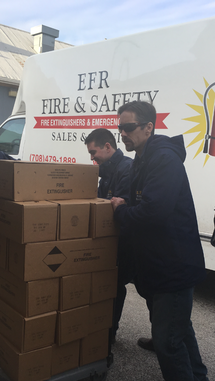
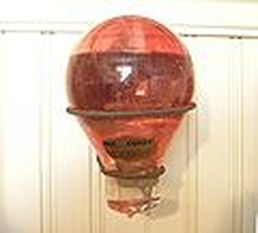
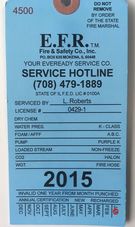
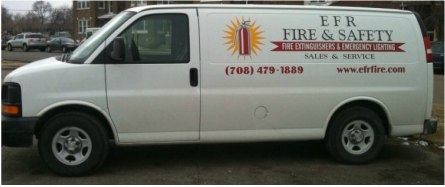
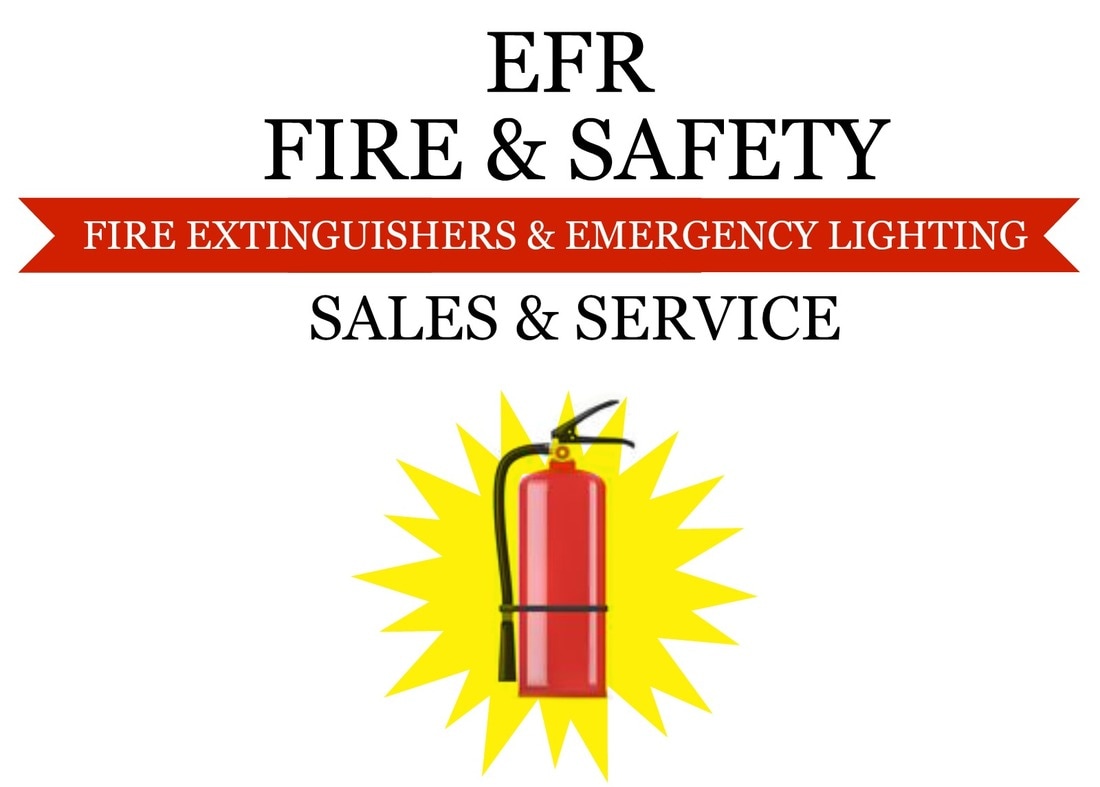
 RSS Feed
RSS Feed
